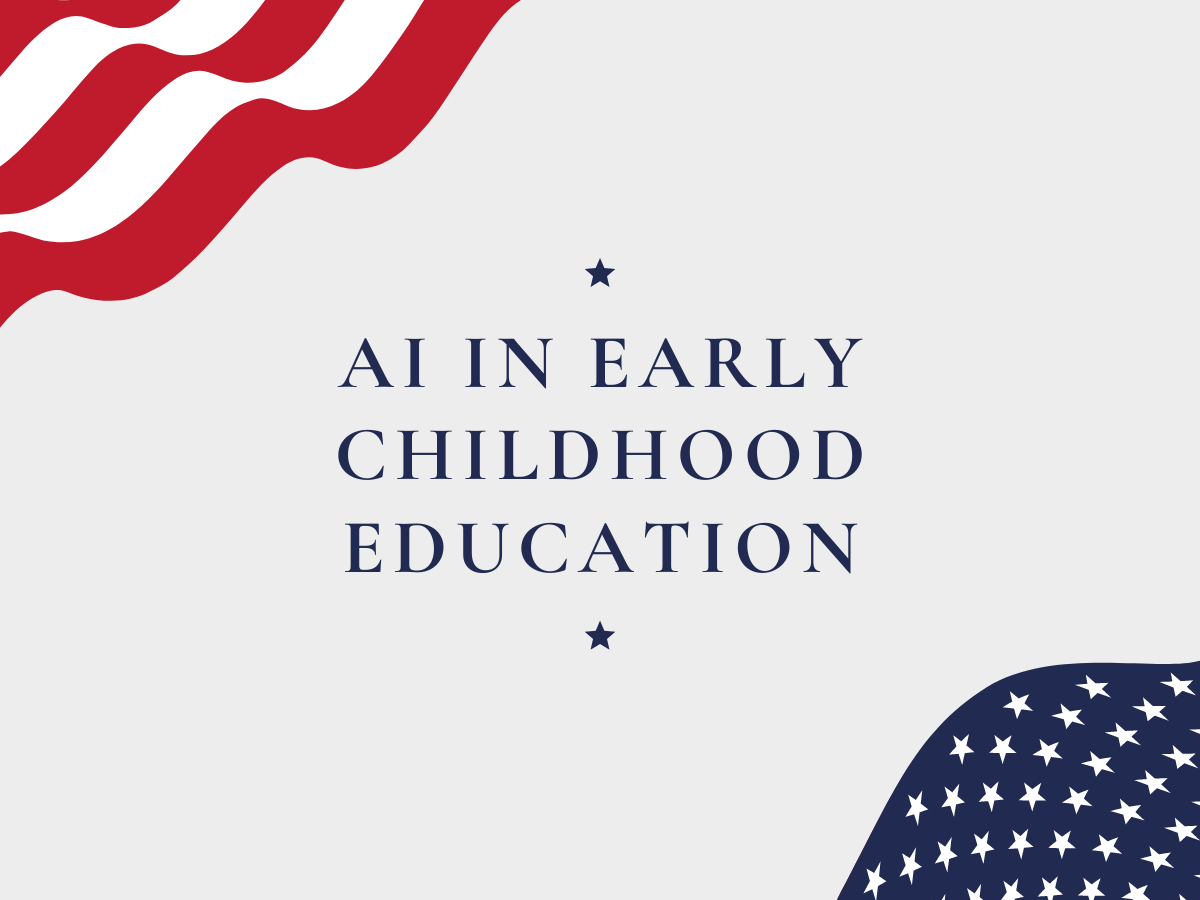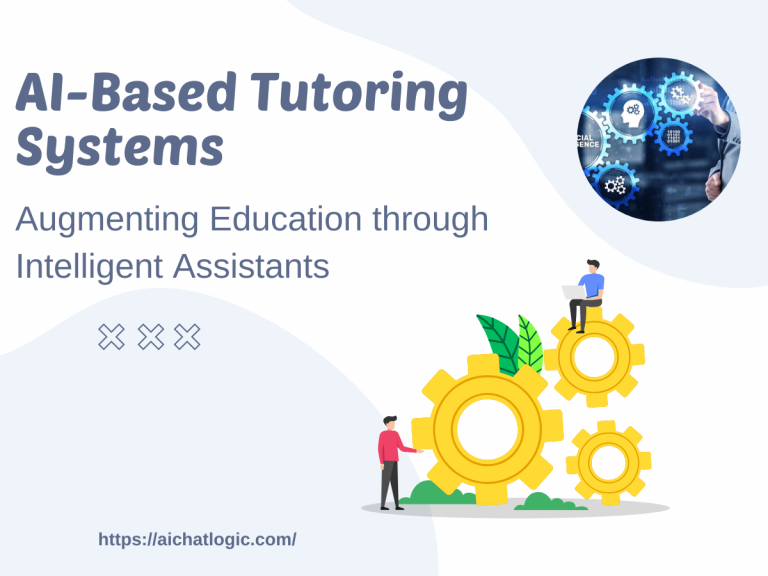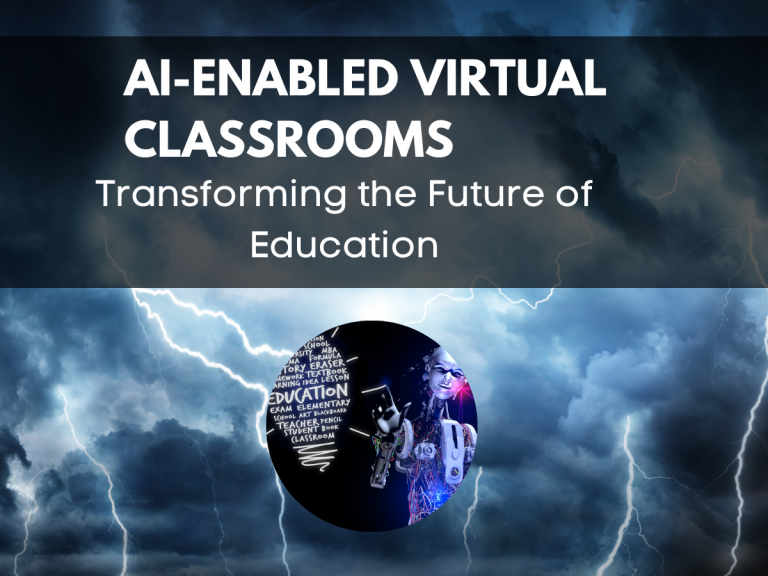1. Introduction
In today’s rapidly evolving technological landscape, artificial intelligence (AI) has become an integral part of various industries, including education. Early childhood education, which focuses on the development of young children aged 0-8 years, is no exception. AI has the potential to revolutionize early childhood education by providing innovative tools and resources to enhance learning experiences. However, it is essential to strike a balance between technology and human interaction to ensure optimal outcomes for young learners.
2. The Rise of AI in Early Childhood Education
Over the years, AI has gained significant prominence in early childhood education. Educational institutions and edtech companies have started integrating AI-powered solutions to support teaching and learning processes. These technologies range from interactive learning platforms and educational games to intelligent tutoring systems and virtual assistants. The goal is to leverage AI’s capabilities to create engaging, personalized, and effective educational experiences for young children.
3. Benefits of AI in Early Childhood Education
Enhancing Learning Experiences
AI technologies offer immersive and interactive learning experiences, catering to the unique needs and preferences of individual children. Through adaptive algorithms, AI systems can analyze a child’s learning patterns, strengths, and weaknesses to deliver customized content and activities. This personalized approach enhances engagement and facilitates better knowledge retention.
Personalized Learning
AI enables educators to gather real-time data on students’ progress, enabling them to provide targeted interventions and support. By adapting the curriculum to each child’s pace and learning style, AI promotes personalized learning journeys that maximize educational outcomes.
Increased Engagement and Motivation
AI-powered educational tools often incorporate gamification elements, making the learning process enjoyable and motivating for young children. Interactive activities, rewards systems, and virtual characters create an engaging environment that encourages active participation and sustained interest.
Efficient Monitoring and Assessment
AI systems can automate the process of monitoring and assessing children’s performance, freeing up valuable time for educators. Through data analysis and machine learning algorithms, AI tools can provide comprehensive insights into a child’s academic progress and identify areas for improvement.
4. Concerns about AI in Early Childhood Education
While AI holds great potential, it also raises concerns regarding its integration into early childhood education.
Potential Overreliance on Technology
One concern is the potential overreliance on AI and technology in the learning process. It is crucial to strike a balance between using AI as a tool and ensuring that children develop essential skills through hands-on experiences and social interactions.
Lack of Human Connection and Emotional Development
AI-driven learning environments may lack the depth of human connection and emotional development that comes from interactions with teachers and peers. Nurturing social and emotional skills requires human interaction, empathy, and understanding, which AI cannot fully replicate.
Privacy and Data Security
Implementing AI in early childhood education raises concerns about data privacy and security. Safeguarding children’s personal information and ensuring compliance with privacy regulations is of utmost importance when utilizing AI technologies.
Equity and Access
Integrating AI in early childhood education must address issues of equity and access. Not all children have equal access to technology, and the digital divide can exacerbate educational inequalities. It is essential to consider these disparities and ensure inclusive AI implementations.
5. Striking a Balance: Integrating AI and Human Interaction
To maximize the benefits of AI in early childhood education while addressing the concerns, a balanced approach is necessary.
Utilizing AI as a Supporting Tool
AI should be seen as a supporting tool rather than a replacement for human educators. It can assist teachers in providing personalized instruction, automating administrative tasks, and offering insights into students’ progress. Educators should leverage AI to enhance their teaching practices, rather than relying solely on automated systems.
Fostering Social and Emotional Skills
Educators play a critical role in fostering social and emotional skills in young children. They should create opportunities for meaningful human interactions, group activities, and collaborative projects. These experiences are essential for developing empathy, communication skills, and teamwork—areas where AI may fall short.
Maintaining Personal Connections
Even in a technologically advanced learning environment, maintaining personal connections between educators and students is paramount. Educators should strive to establish rapport, provide emotional support, and engage in one-on-one interactions with each child. These personal connections enhance the learning experience and promote holistic development.
Promoting Critical Thinking and Creativity
AI tools often provide predefined answers and solutions, which can limit children’s critical thinking and creativity. Educators should design activities that encourage independent thought, problem-solving, and imagination. Balancing AI with open-ended tasks and projects allows children to develop essential cognitive skills.
6. Best Practices for Implementing AI in Early Childhood Education
To ensure successful integration of AI in early childhood education, the following best practices should be considered:
Collaboration between Educators and Technologists
Close collaboration between educators and technologists is crucial to develop AI solutions that align with pedagogical goals and instructional practices. By working together, they can design effective and age-appropriate AI-powered tools that enhance learning experiences.
Customization and Adaptability
AI systems should be customizable and adaptable to meet the diverse needs of young learners. Flexibility in adjusting the content, pace, and level of difficulty ensures that AI tools cater to individual differences and foster inclusive learning environments.
Ethical Considerations
Educational institutions must prioritize ethical considerations when implementing AI in early childhood education. This includes ensuring data privacy, transparency in algorithms, and appropriate use of AI technologies. Ethical guidelines should be established to govern the collection, storage, and use of children’s data.
Continuous Professional Development
Teachers should receive ongoing professional development to stay updated with the latest AI technologies and pedagogical strategies. Training programs and workshops can empower educators to effectively integrate AI tools into their teaching practices while maintaining a learner-centered approach.
7. The Future of AI in Early Childhood Education
As technology continues to advance, the future of AI in early childhood education holds immense possibilities. AI-powered systems are expected to become more sophisticated, adaptive, and capable of understanding and responding to children’s individual needs. However, it is crucial to keep in mind that AI should always complement human interactions rather than replace them.
8. Conclusion
AI has the potential to revolutionize early childhood education by providing personalized learning experiences and innovative tools. By striking a balance between technology and human interaction, educators can harness the benefits of AI while ensuring the holistic development of young learners. It is essential to consider the ethical implications, promote social and emotional skills, and maintain personal connections in the quest to leverage AI effectively. By embracing AI as a supporting tool and upholding the value of human educators, we can create an optimal learning environment for the future generation.
FAQs
1. How does AI enhance early childhood education?
AI enhances early childhood education by providing personalized learning experiences, adaptive content, and efficient monitoring and assessment tools.
2. What are the concerns about AI in early childhood education?
Concerns include potential overreliance on technology, lack of human connection and emotional development, privacy and data security, and issues of equity and access.
3. How can educators strike a balance between AI and human interaction?
Educators can strike a balance by utilizing AI as a supporting tool, fostering social and emotional skills, maintaining personal connections, and promoting critical thinking and creativity.
4. What are the best practices for implementing AI in early childhood education?
Best practices include collaboration between educators and technologists, customization and adaptability of AI systems, ethical considerations, and continuous professional development for teachers.
5. What does the future hold for AI in early childhood education?
The future of AI in early childhood education is expected to bring more sophisticated and adaptive AI systems that cater to individual needs while complementing human interactions.










+ There are no comments
Add yours